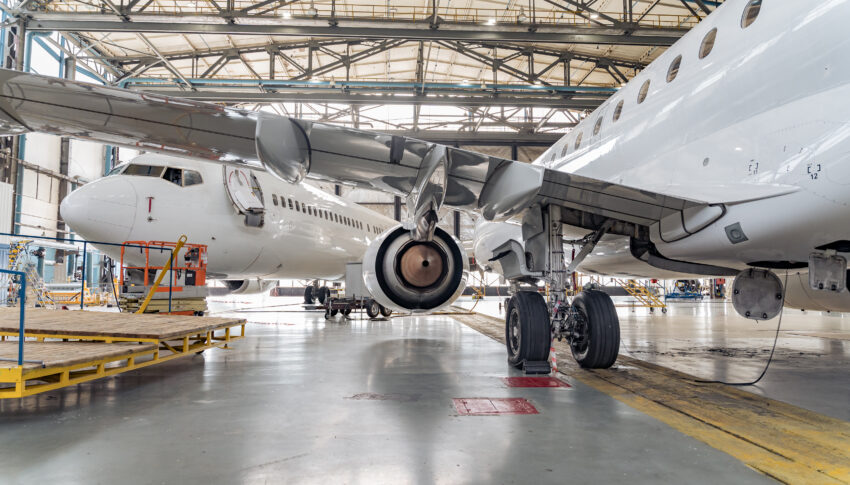Predictive maintenance is one of the early wins from aviation industry’s growing digitalisation, with data gleaned via the Internet of Things and a myriad sensors within aircraft and ground operations being transformed into unprecedentedly actionable insights. We sat down with Angela Saffin, the portfolio leader for analytics solutions within Boeing Global Services’ digital aviation solutions function, for an introduction.
At its core, “predictive maintenance lets airlines know when to perform maintenance to maximise usable life of components while minimising risk and unscheduled maintenance. Waiting too long risks unscheduled maintenance, schedule disruption and customer dissatisfaction. Exchanging components too early does not maximise usable life – incurring additional cost. Intervention at the ideal time maximises operational efficiency,” Saffin tells us.
Fundamental to enabling predictive maintenance are fast (or real-time) data flows from the aircraft, the capacity to process them, and the ability to then take action.
“True predictive maintenance requires that an airline have the information necessary that, when analysed, shows the status of the component,” Saffin explains. “Is it trending towards failure, putting the aircraft at risk of an Aircraft on Ground (AOG) situation? Should the component be removed proactively? The path to answering these questions requires detailed study and significant data analysis that results in a model for that component is rarely obvious.”
Where predictive maintenance in the pre-digital era might have been a flight attendant or mechanic flagging a problem via a report, and a maintenance engineer knowing (via manual or experience) that if component X breaks that usually means that component Y or equipment Z needs additional maintenance, today it can be much faster.
“Predictive maintenance solutions depend on three equally important components: access to high quality data, a skilled and knowledgeable team, and advanced technology,” Saffin notes. “We have seen a transformation in all three of these areas across industries and aviation is leading the way. Take for example today’s wide-bodied airplanes, which generate 30 times more data than previous generations. Quick Access Recorders (QAR) and Continuous Parameter Logging (CPL) provide full flight data that can be mined to understand what happened and — combined with contextual data sources to understand the root cause — why it happened.”
As one simplified example, let’s say a sensor in component A detects a failure state, reports via the inflight connectivity (or via a cellular connection on the ground) directly to a maintenance system that determines through pre-programmed logic that component B is also likely to fail. It dispatches a part from an automated warehouse, adds a job to a maintenance engineer’s workflow tablet, and awaits confirmation from the engineer and the replaced components A and B that the work has been completed. The incident and all the information is then automatically logged into a management information system for both algorithmic (using artificial intelligence) and expert staff review.
That staff expertise is also vital, Saffin says. “Increasingly, operations are hiring, reskilling and upskilling staff with data science and analytics expertise to complement existing engineering knowledge and deep domain experience. This enables operators to do more with their data than ever before, leveraging advanced innovations, from analytics to digital twin.”
All that requires a substantial tech stack, from cloud computing to artificial intelligence, machine learning and deep learning. Many airlines and aircraft operators, however, don’t have the scale to fully take advantage of this kind of technology, which can often feel more bleeding-edge than leading-edge. New information tools can help bring the benefits of the digital revolution to smaller outfits.
One is Boeing’s Insight Accelerator, which Saffin sums up as “a new tool that has been developed to assist operators in guided discovering, testing and deploying prognostic algorithms for predictive maintenance, understanding when and where degradation is likely to happen — and recommending the optimum time to intervene. When a recommendation is implemented, we estimate customers can reduce unnecessary inspections by about 85 percent.”
At a time where staff knowledgeable in next-generation digital technologies are in high demand, this sort of management information tool — and the algorithmic sophistication that it simplifies — can be invaluable to organisations without the kind of deep digital knowledge of their larger counterparts.
Author: John Walton
Published: 31 August 2023




